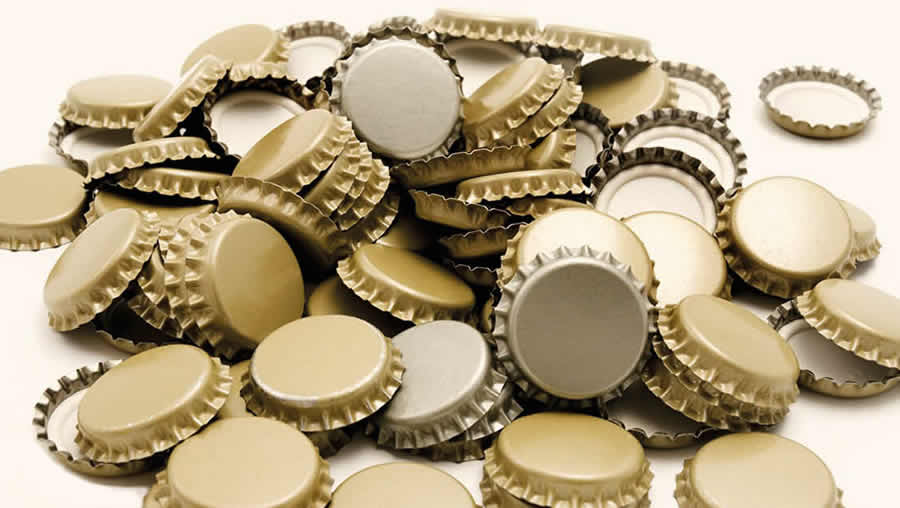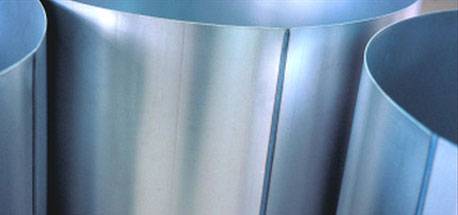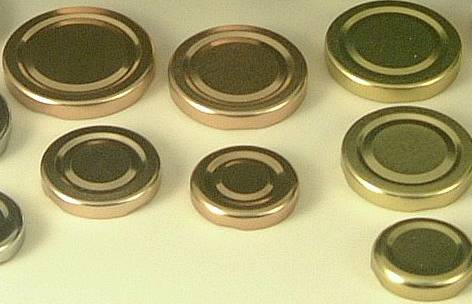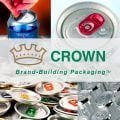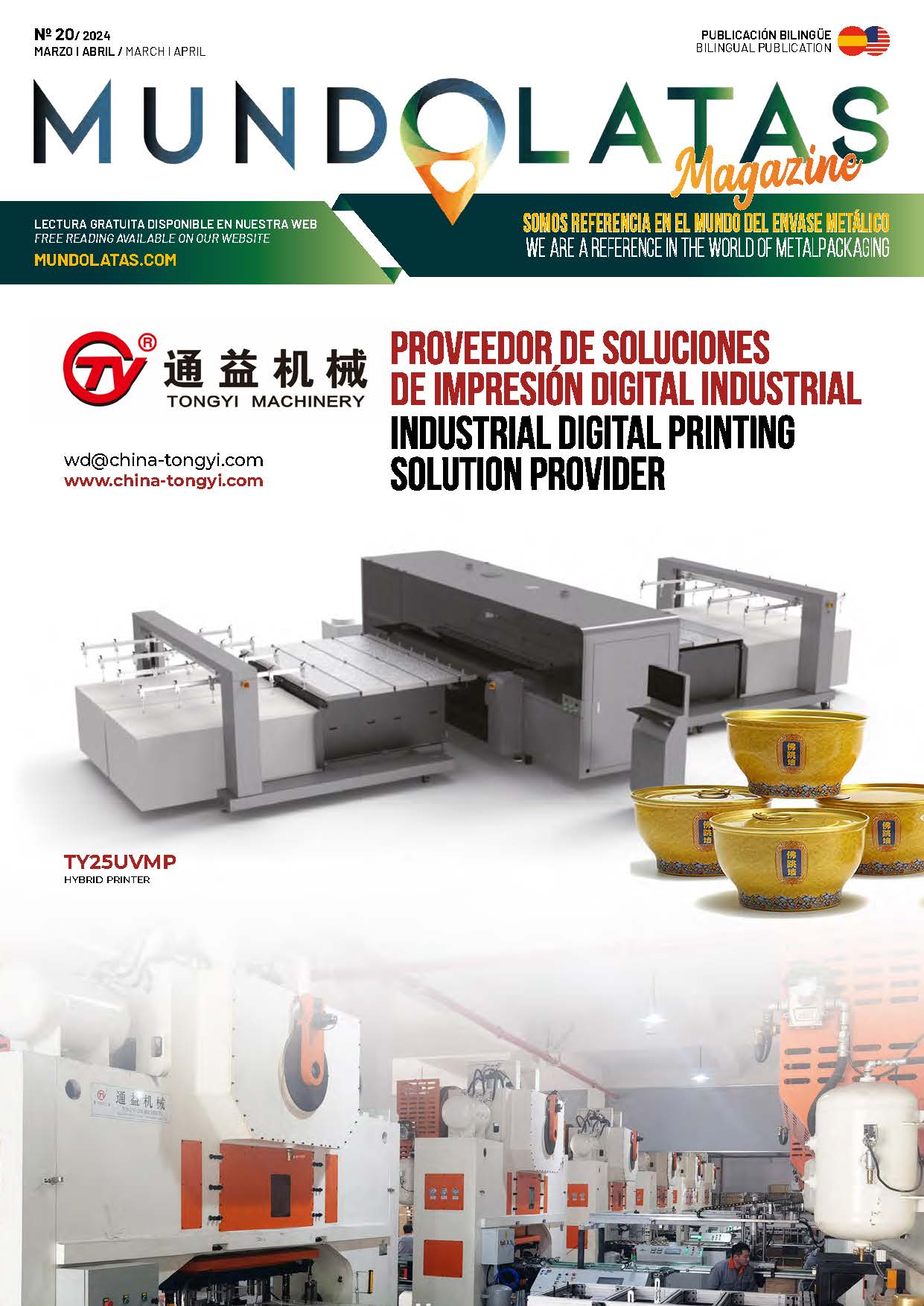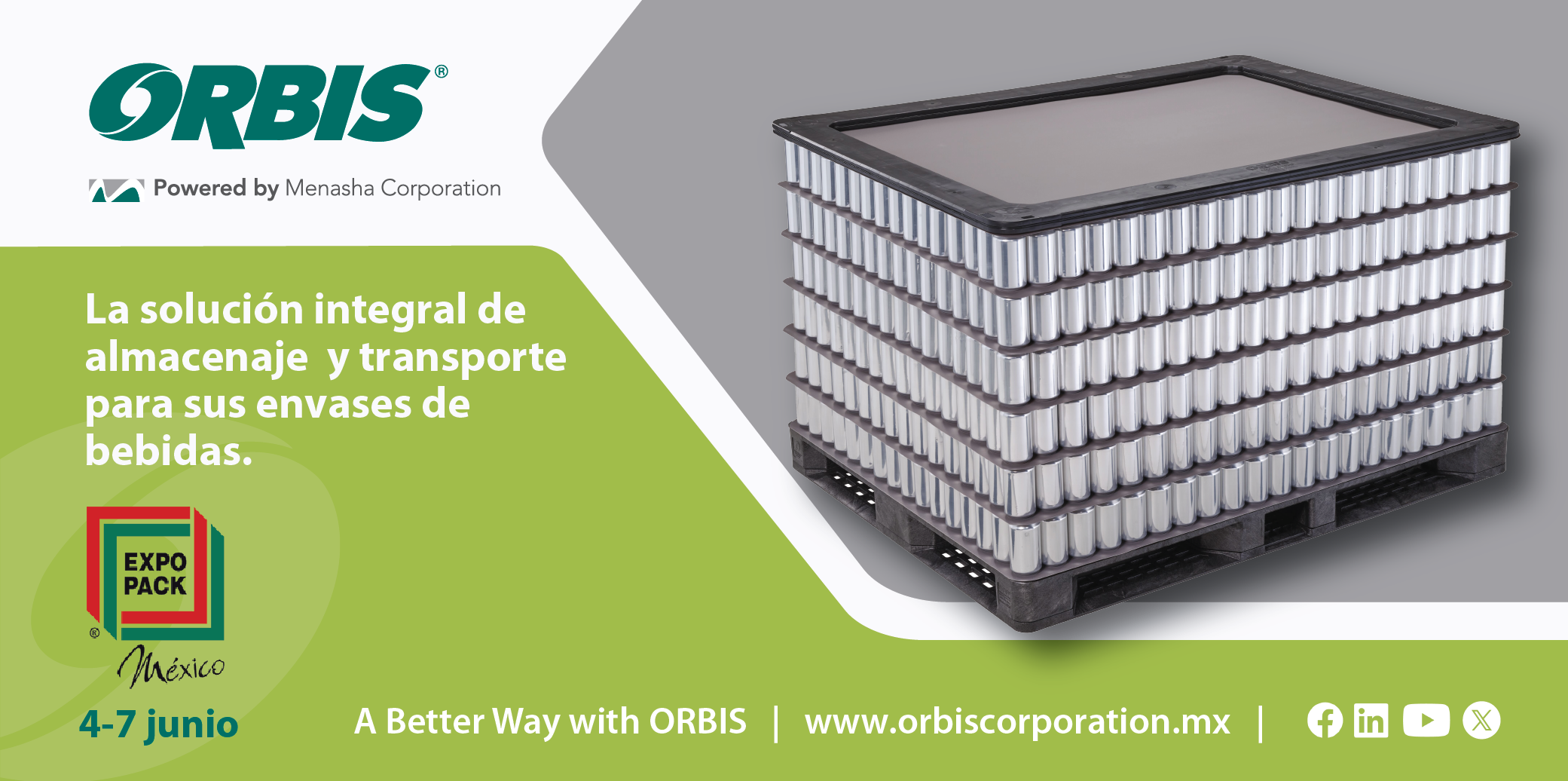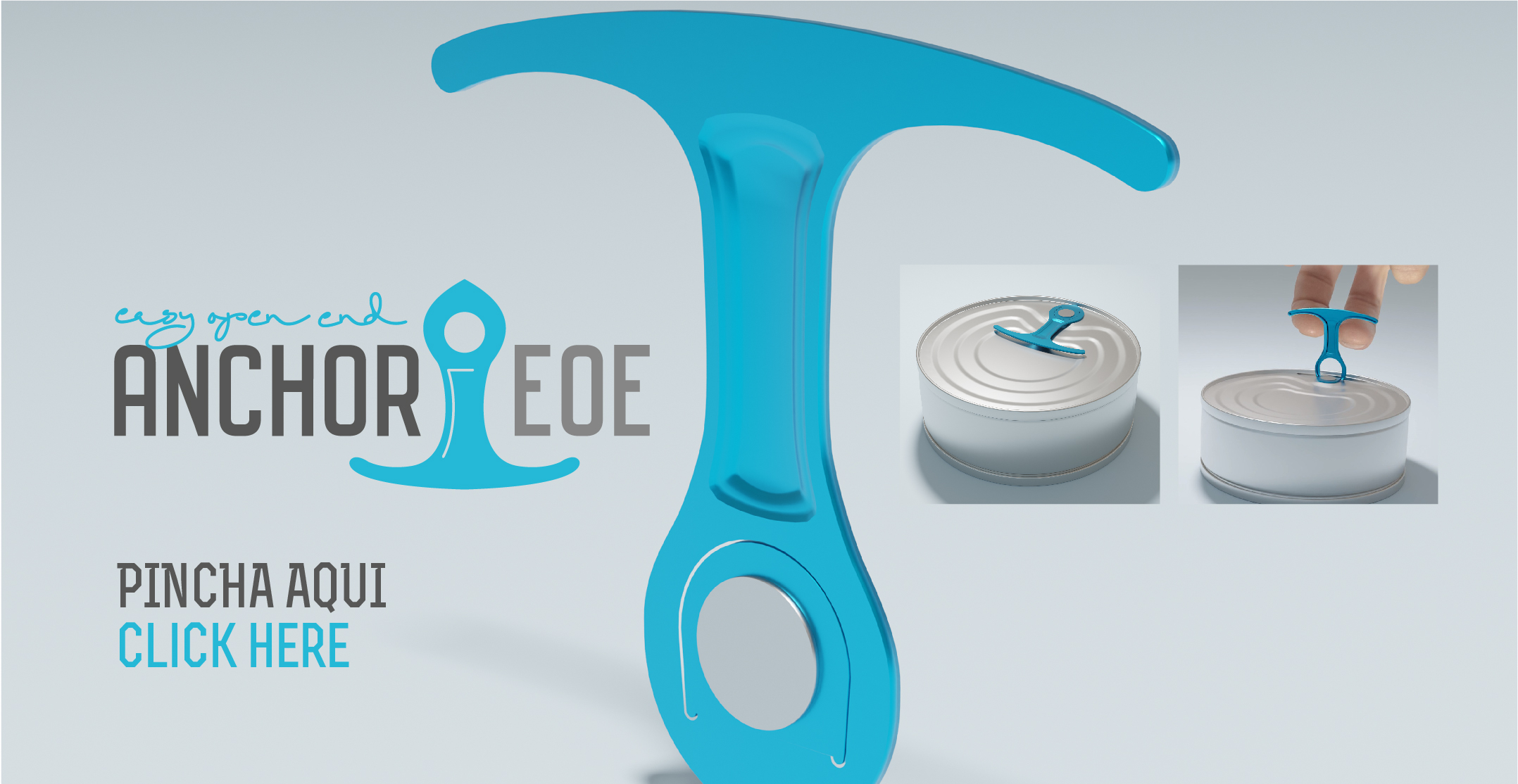Introduction
The crown cap is an essential element in the metal packaging industry, especially in the beverage sector. Also known as chapa in Spain and South America, corcholata in Mexico, platillo in Panama, tapa in Colombia and tillo in Ecuador, this small component has been key in the evolution of the bottling industry. In this article, we will discuss the history of the crown cap, its manufacturing process and its applications in the metal packaging industry.
- History of the Crown Cap
The crown cap was created in 1892 by Irishman William Painter, who patented his invention in Baltimore, USA. Before arriving at this design, Painter had created more than 1,500 different plugs. The crown cap was designed specifically for the Cork Crown and Seal Company (now known as Crown Holdings), founded by Painter himself.
- Crown Cap Manufacturing
The original crown cap consisted of a metal shell with a series of corrugations and a cork disk that served as a watertight seal. Over time, cork has been replaced by a sealing compound, derived from the material used in container closures.
The crown cap manufacturing process consists of the following stages:
a. Cutting of the material: The starting point is a metal strip, which is cut into circles of a suitable size for the cover.
b. Stamping: The metal circles are stamped to create the characteristic corrugations of the crown cap.
c. Sealant application: The sealing compound is applied to the inside of the cork, replacing the original cork.
d. Inspection and packaging: Finished closures are inspected for quality assurance and then packaged for distribution.
- Applications in the Metal Packaging Industry
The crown cap is widely used in the metal packaging industry, especially in the beverage sector. Some of its most common applications include:
a. Beer bottles: The crown cap is the most economical and efficient solution for hermetically sealing beer bottles, preventing leakage and carbon dioxide evaporation.
b. Carbonated beverages: In addition to beer, the crown cap is also used on soft drink bottles and other carbonated beverages.
c. Non-carbonated beverages: In some cases, the crown cap is also used on non-carbonated beverage containers, such as juices and bottled waters.
Conclusion
The crown cap is a key component in the metal packaging industry, especially in the beverage sector. Since its creation in 1892, this small element has provided bottlers with an economical and efficient way to hermetically seal their products. With a simple manufacturing process and varied applications, the crown cap remains an essential element in the metal packaging industry.

